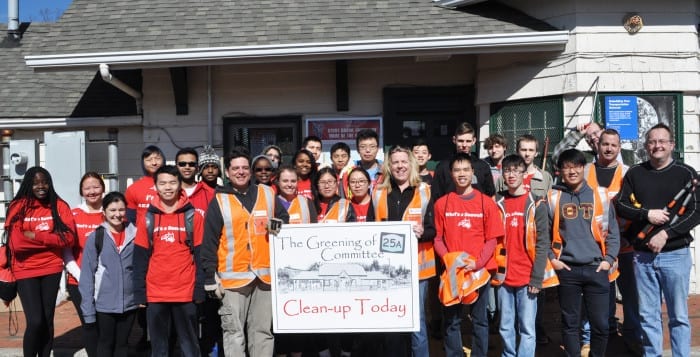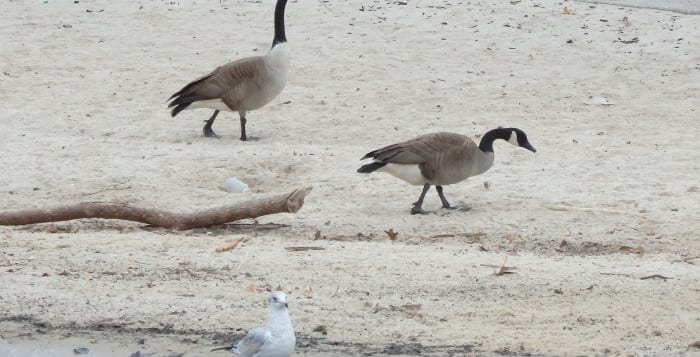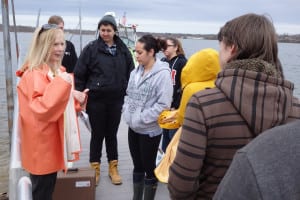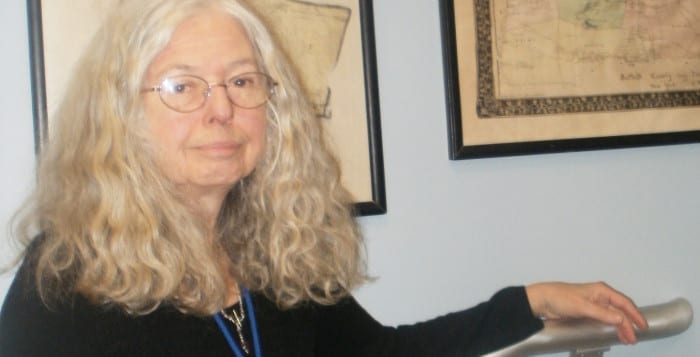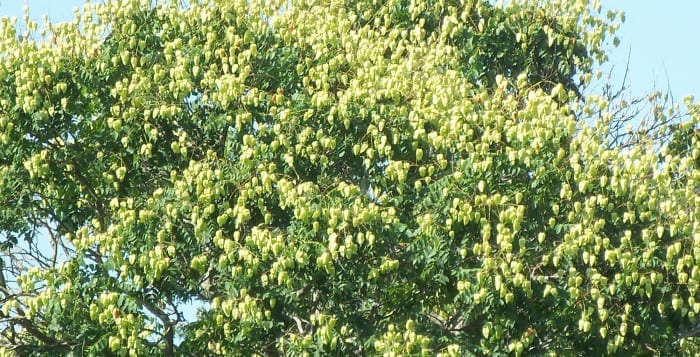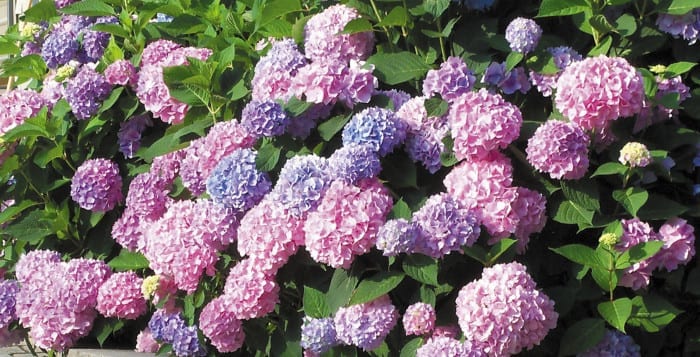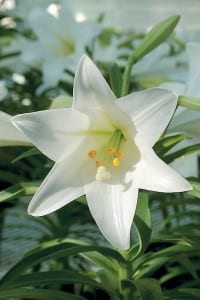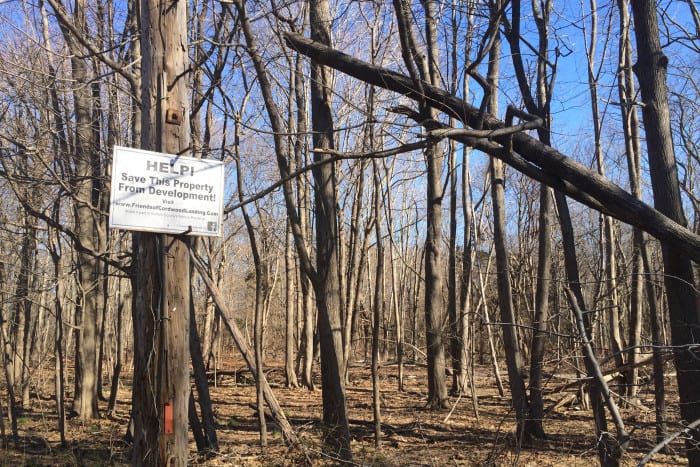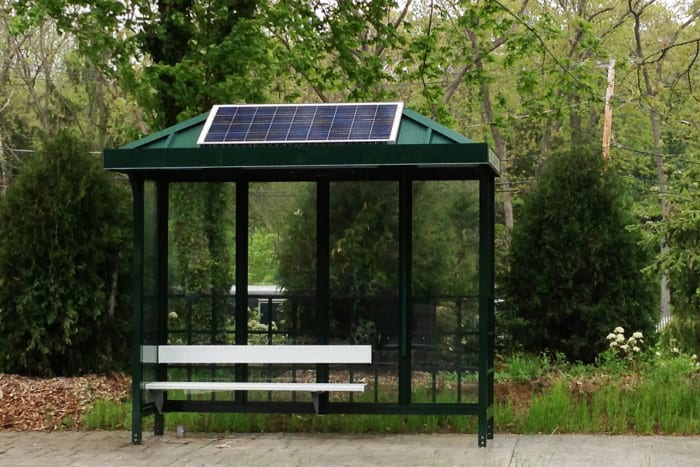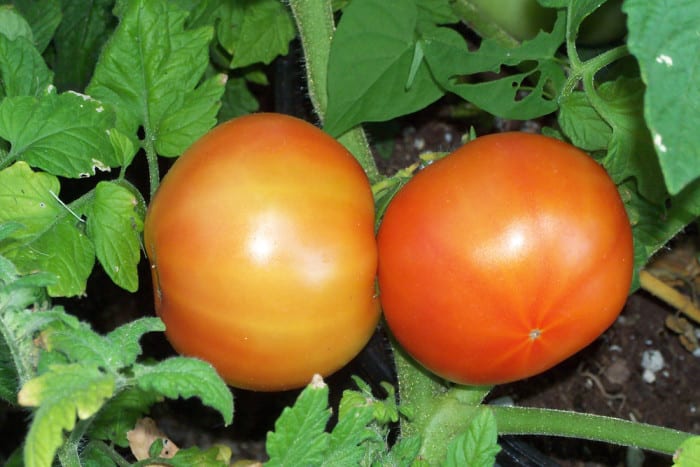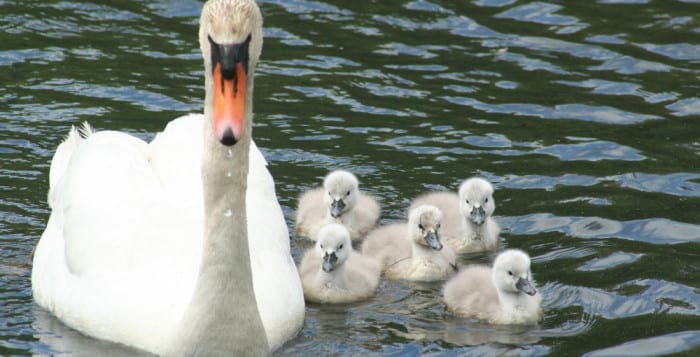Following public outcry against a plan to eliminate wild mute swan populations over the next decade, the New York State Department of Environmental Conservation has released a new draft of its plan that focuses on “nonlethal” methods to control the birds.
Thousands of people, including animal rights advocates and environmentalists, had sent in comments last year on the previous draft of the plan, whose stated long-term goal was “to eliminate free-ranging mute swans from New York State by 2025.” Many took issue with the DEC’s plans to euthanize the adult birds and questioned the validity of the department’s research on mute swans’ impact on the environment.
In addition, state legislators approved a two-year moratorium on any plan to euthanize the swans and required the DEC to “give priority to nonlethal management techniques.”
The first draft of the plan also called for using some swans for zoological purposes and transferring others to people licensed to hold them in captivity.
According to the DEC, mute swans, which have orange beaks and make less noise than other types of swans, can contribute to high fecal coliform bacteria counts on bodies of water used for drinking or swimming. They can also attack humans, which can make them “a serious nuisance and render some land or water areas inaccessible for outdoor recreation during the nesting season.”
There are about 2,200 free-ranging mute swans in New York, the DEC has estimated, and they can be found on Long Island, in New York City and in the lower Hudson Valley and Lake Ontario regions. The population has jumped from where it was in the 1970s, when mute swans numbered fewer than 700.
New York has other species of swan, but mute swans are considered invasive and non-native — they were brought here in the late 1800s and used for ornamental purposes — and thus were targeted for management. The DEC’s goal, as stated in the plan’s most recent draft, is to reduce the mute swan population to its 1980 numbers: fewer than 800 birds.
The DEC has been operating under the same species management plan since 1993, and the new mute swan plan would replace the older one. In preparation for the plan, the DEC conducted research between 2004 and 2008 “to document abundance, survival, reproduction, movements, ecological impacts and management of mute swans in New York.”
Following public backlash of the first draft, the department this month released its new draft of the management plan, which focuses on alternatives to euthanization, and a document responding to public comments it received.
“Because many people object to the use of lethal control methods, especially killing adult birds, DEC will use ‘nonlethal’ methods … where practical and timely, to achieve the management objectives,” the new plan stated. Those methods could include terminating embryos in the swans’ eggs or placing the birds in licensed facilities.
“However, this will require some commitment of funding and assistance from organizations and individuals who wish to see nonlethal options used to the extent possible. Placement and proper care of swans in public parks or other controlled settings can be costly to local governments or communities.”
Despite the emphasis on nonlethal methods, the DEC said in its response to public comments, officials would still resort to lethal methods “wherever immediate removal of birds is necessary to alleviate a site-specific conflict … and live-capture is not practical or no facility is readily available to accept the birds.”
The new DEC plan’s agenda for minimizing the impacts of mute swans on other wildlife and habitats includes increasing public support and awareness; preventing new swans from entering wild populations “through intentional releases, escapes or natural reproduction”; and controlling the number of mute swans on downstate tidal waters.
Sen. Ken LaValle (R-Port Jefferson), one of the legislators who worked to place a moratorium on the swan euthanization, said in a statement last week that the DEC “has heard our concerns and has begun to move in the right direction.”
But the new plan still allows for swans to be eliminated under certain circumstances, and he cautioned that the birds “should only be destroyed as the absolute last resort, and only when they are posing public danger.”
The public can comment on the plan until April 24. Comments can be submitted to [email protected] or to NYSDEC Bureau of Wildlife, Swan Management Plan, 625 Broadway, Albany, NY 12233-4754.


